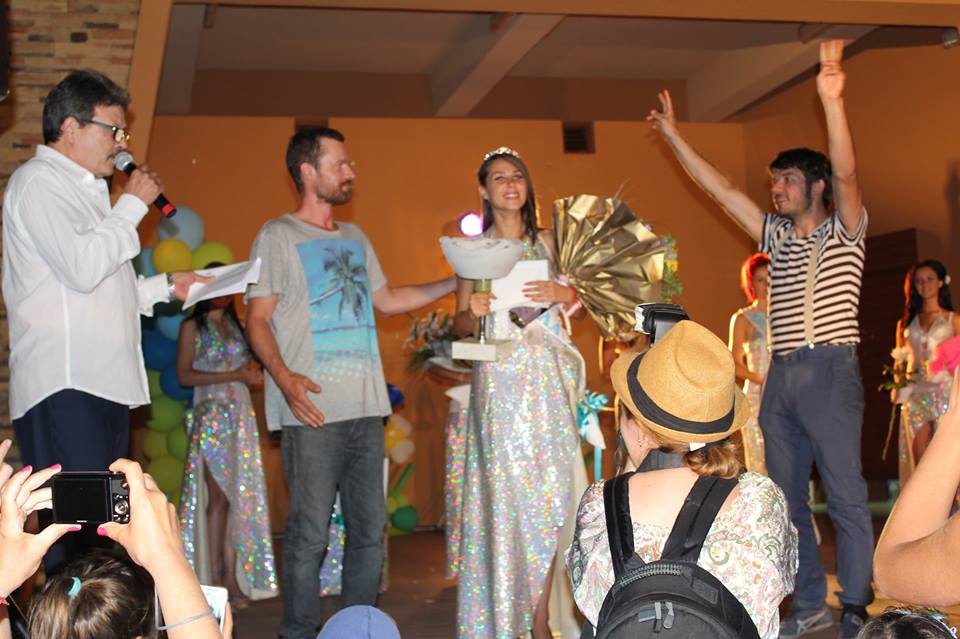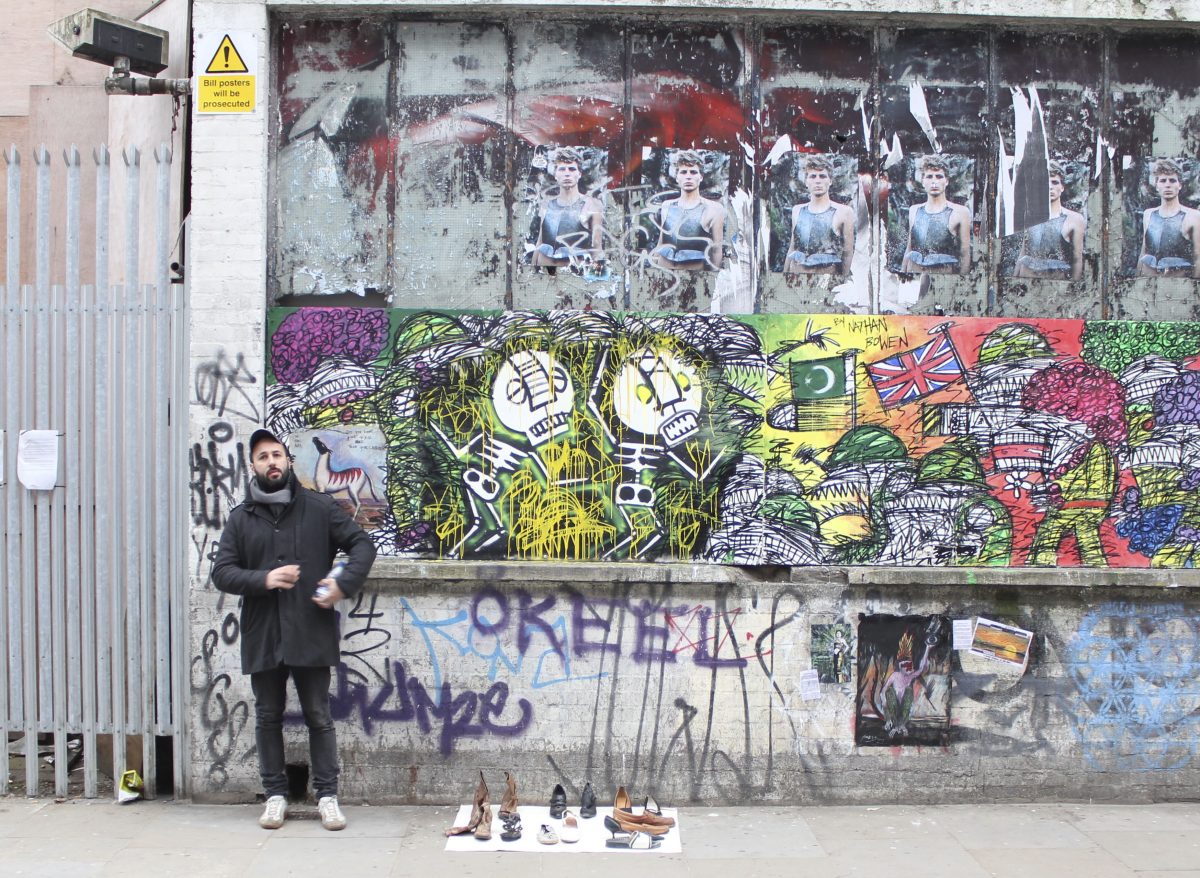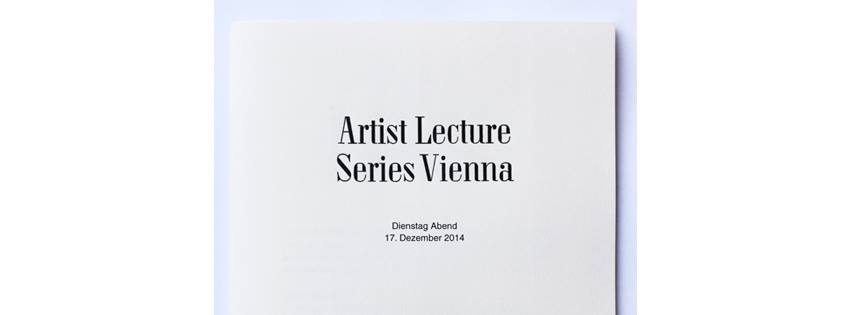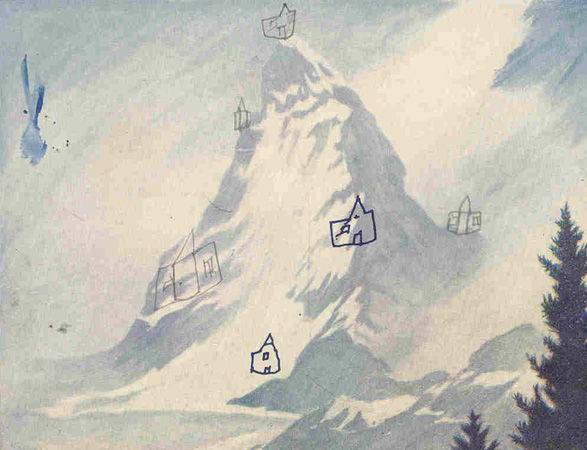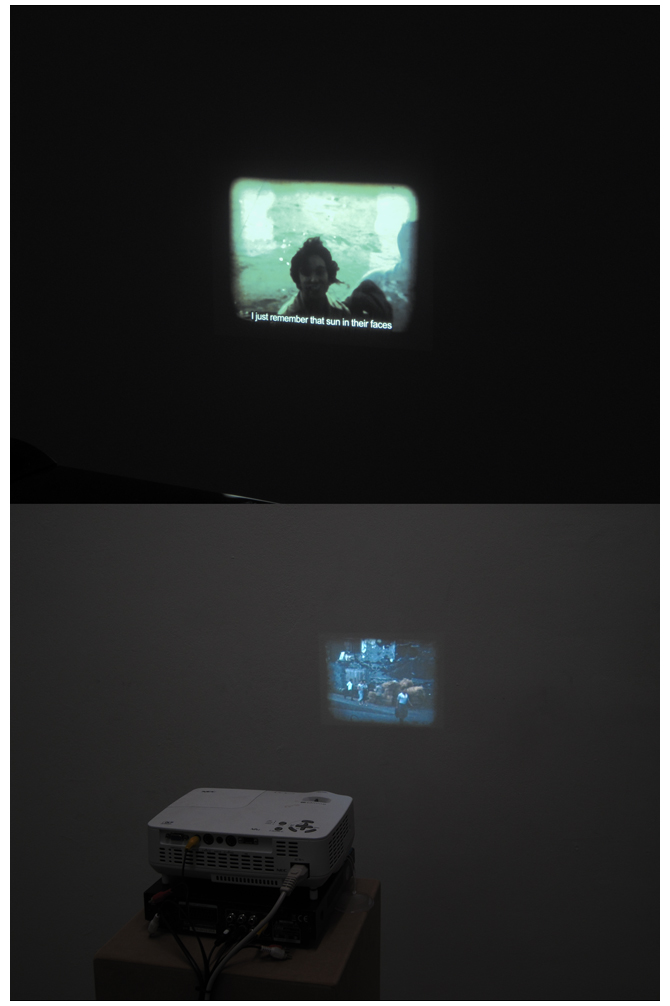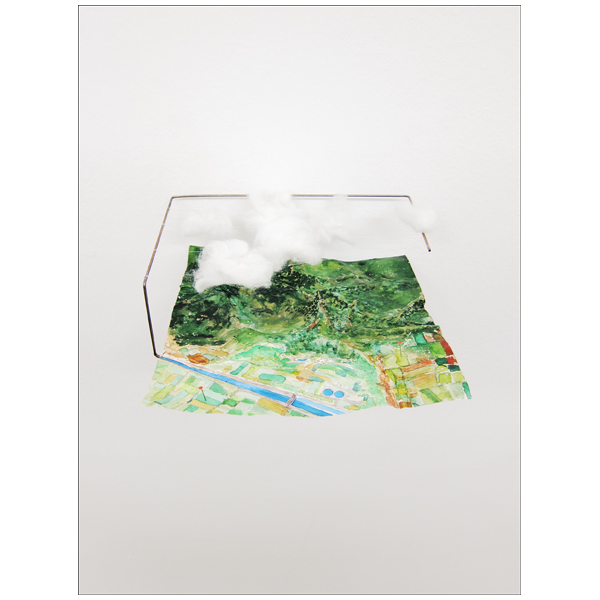Sharif Baruwa, Leda Ekimova, Eva Engelbert, Karine Fauchard, Peter Fritzenwallner, Helmut Heiss, Konrad Kager, Lia Karl, Vikenti Komitski, Nestor Kovachev, Lazar Lyutakov, Thea Moeller, Alexander Puskin, Patricia Reis, Eva Seiler, Nora Rekade
Aug. 8 2015, Baba Vasa, Shabla, Bulgaria
